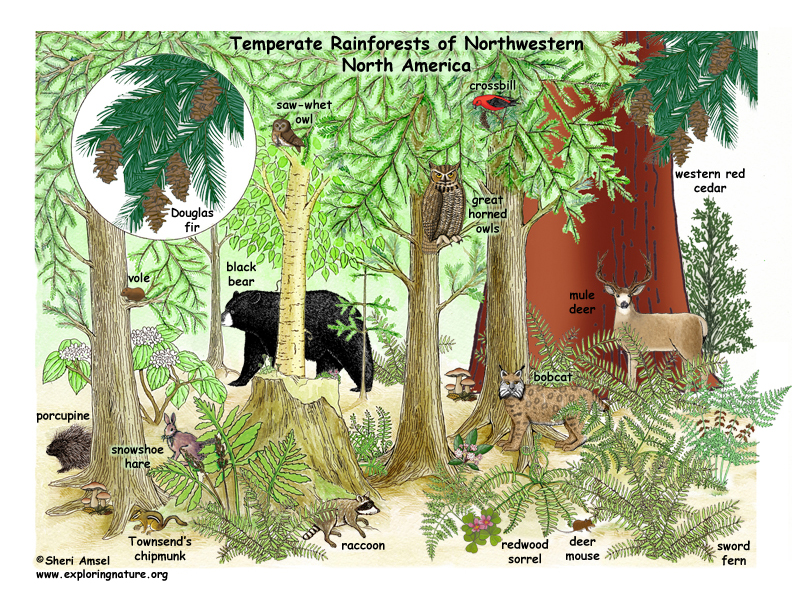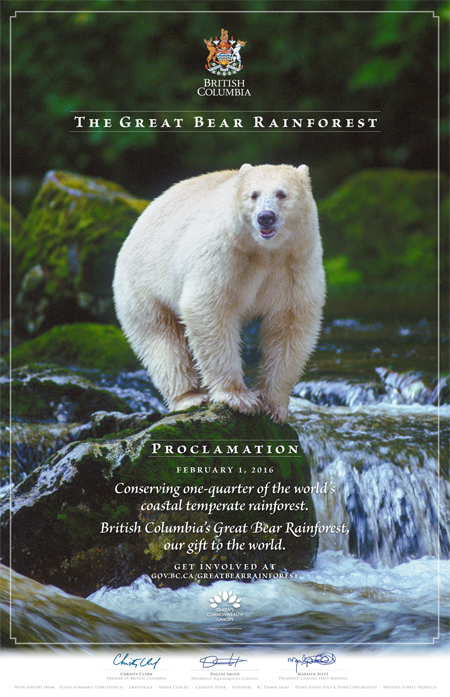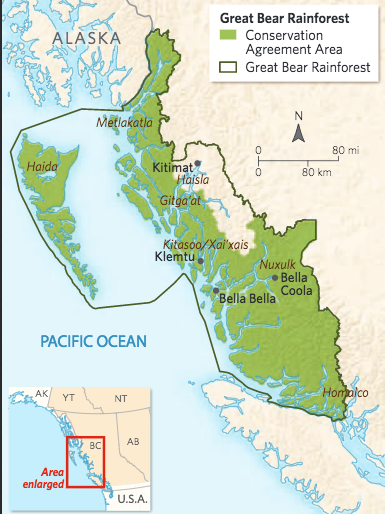
Our story takes place partly in Ketchikan, Alaska and nearby islands. Ketchikan is a city is Southeast Alaska, only 162 km North of Prince Rupert, British Columbia. The city itself sits on Revillagigedo Island, although there is a 800 m wide channel called the Tongass Narrows that separates Ketchikan from Gravina Island, where Ketchikan International Airport. Ketchikan is named after Ketchikan Creek, which flows through the town, emptying into the Tongass Narrows a short distance southeast of its downtown.

“Ketchikan” comes from the Tlingit name for the creek, Kitschk-hin, the meaning of which is unclear. It may mean “the river belonging to Kitschk”; others claim it means “Thundering Wings of an Eagle”

The city was founded as a Salmon cannery in 1885 leading to locals calling Ketchikan “The Salmon Capital of the World.” In 1936, seven canneries were in full operation, producing 1.5 million cases of salmon a year. Presently, Hundreds of cruise ships visit Ketchikan each summer, bringing over 900,000 annual visitors, making Ketchican a tourist hotspot in Southern Alaska!

Visit Ketchikan – Our Native Legacy!
Great Bear Rainforest
The Great Bear Rainforest is a temperate rain forest (I hope you remember your biomes!) on the Pacific coast of British Columbia, Canada. It is part of the larger Pacific temperate rainforest ecoregion, which is the largest coastal temperate rainforest in the world.

Temperate Rainforests – A temperate rainforest is defined as:
- The forest must have an annual precipitation (rain)over 140 cm (55 in)
- The forest must have an average annual temperature is between 4 and 12 °C.
- The forest should have a closed canopy of trees that covers at least 70% of the sky.
- Forest is composed mainly of tree species which do not require fire for new growth, but can survive and grow with less light.

The Great Bear Rainforest was officially recognized by the Government of British Columbia in February 2016, when it announced an agreement to permanently protect 85% of the old-growth forested area from industrial logging! This means about 25% of all Temperate Rainforest on Earth is now protected!

The Great Bear Rainforest contains 1000-year-old cedar trees, 90m high Sitka Spruce, large mountains, hundreds of islands, and, of course, lots of rain! This remote area is home to many First Nations communities who have called it home thousands of years before Europeans ever made their way to North America. The wildlife in the Great Bear rainforest includes: coastal gray wolves, grizzly bears, Sitka deer, cougars, mountain goats, orca, salmon, sea lions, sea otters, humpback whales, and, the rare, cream-colored Kermode bear, or sprit bear, which is found no where else on Earth.

Comments by shaun pletsch